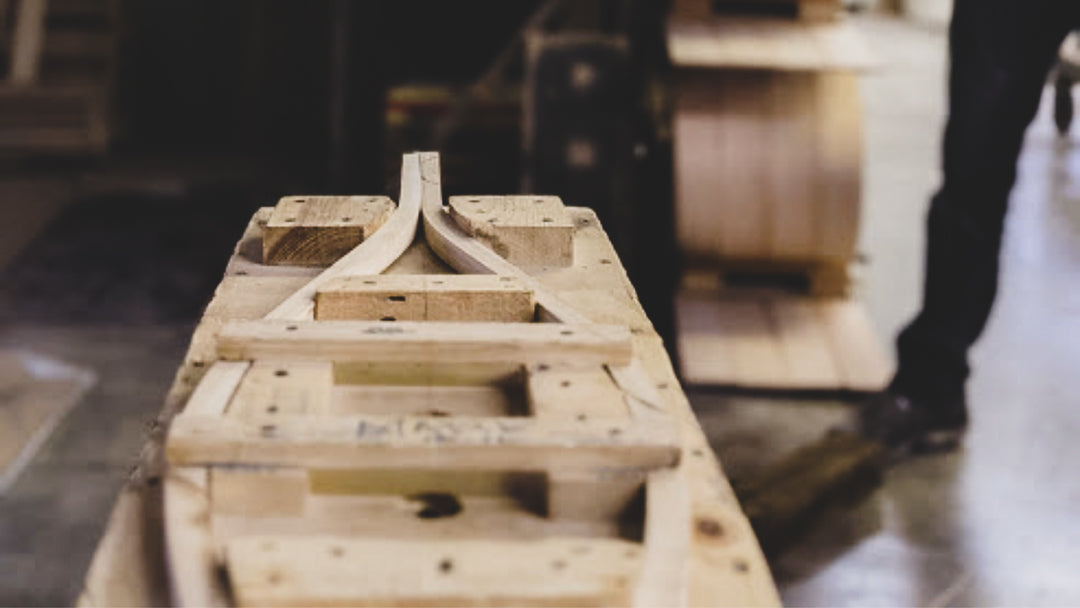Bending Wood: From the Ancient to Modern Days
The very first people who thought about bending wood must have gotten the idea from watching trees sway in the wind. The process of bending wood by using steam was being used during the time of the ancient Egyptians. Some sources say that the process was used for making chariots and boats. Since those early days, steam bending has been used to make everything from tools to musical instruments, furniture, and more.
Snowshoes for Travel Changed Everything
The history of steam bending is complex, reaching far back into the past. At its simplest, it is the process by which a piece of wood is soaked in hot water at the boiling point in a steam box. It is left for some time for the fibers to soften and become elastic and pliable. After the wood reaches this point, it can be formed into a curved shape using a forming jig or mold. Then it is left to dry in the former, and the shape is retained.
It is thought that the first snow snowshoes were produced around 4000 B.C. in Central Asia. There is speculation that people crossing the Bering Straits land bridge brought snowshoes and the technology to make them to North America, where they were used extensively by North American Natives.
Shapes and designs varied from tribe to tribe. Often the terrain on which they were used, and their use were factors in determining how the snowshoes were constructed. Some were designed to carry heavy trapper loads, while others were crafted for speed and agility. The types of snowshoes were often named after the tribe that used that particular design. Some shapes found in collections and museums are the Attikamekw, Alaskan, Bearpaw, Huron and Ojibwa, Penobscot, and Swallowtail.
Snowshoes were made from wood and animal hide, bound together. Not just any wood would do, however. The wood selection was important, ideally strong, flexible, and light. Only certain hardwood trees like ash would be used. Once the tree was cut down, time started ticking as the wood commenced losing moisture. The pieces for snowshoes would need to be cut then prepared for shaping. The wood was soaked or steamed until pliable, then bent into shape. After sufficient drying time, the laces were added; they were usually made from caribou, deer, or moose.
Toboggans Brought Easier Transport
For Native people of the Great Lakes areas, toboggans and snowshoes were necessary winter gear. Toboggans were intended to follow behind a snowshoe trail and, therefore, fairly narrow. Curved fronts kept them from digging into the snow. Like snowshoes, wood used for toboggans also needed to be sturdy, flexible and light. It also needed to be of a straight grain and with few knots.
Today’s snowshoes can be made from many materials, but if you are looking for a more authentic fare, contact Northern Toboggan Co. There is nothing quite like the handcrafted beauty of Minnesota-made snowshoes and toboggans. If you have a mind to be creative, check out our kits. You may enjoy the pleasure of creating a family heirloom that can be passed down through the generations.

